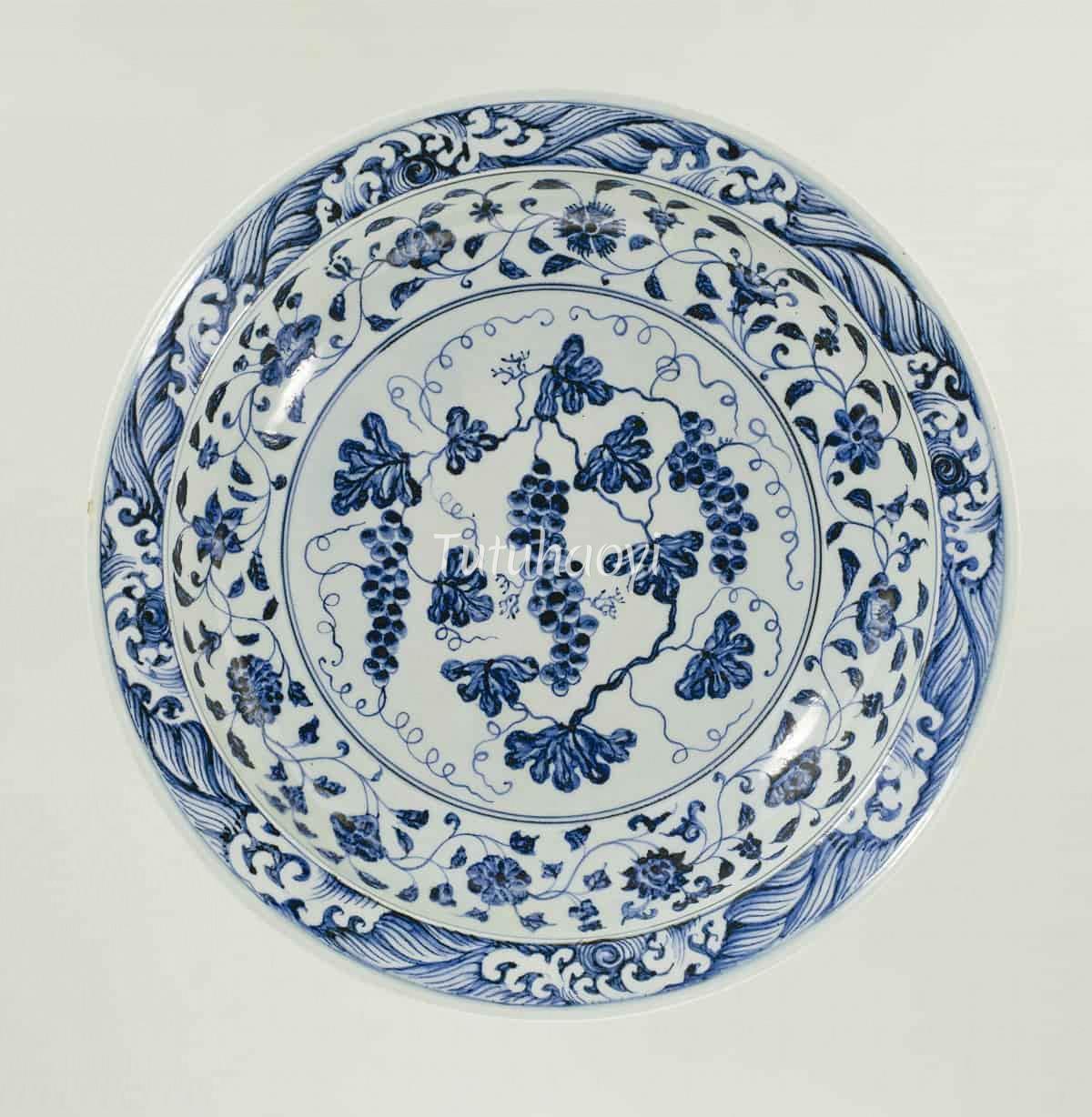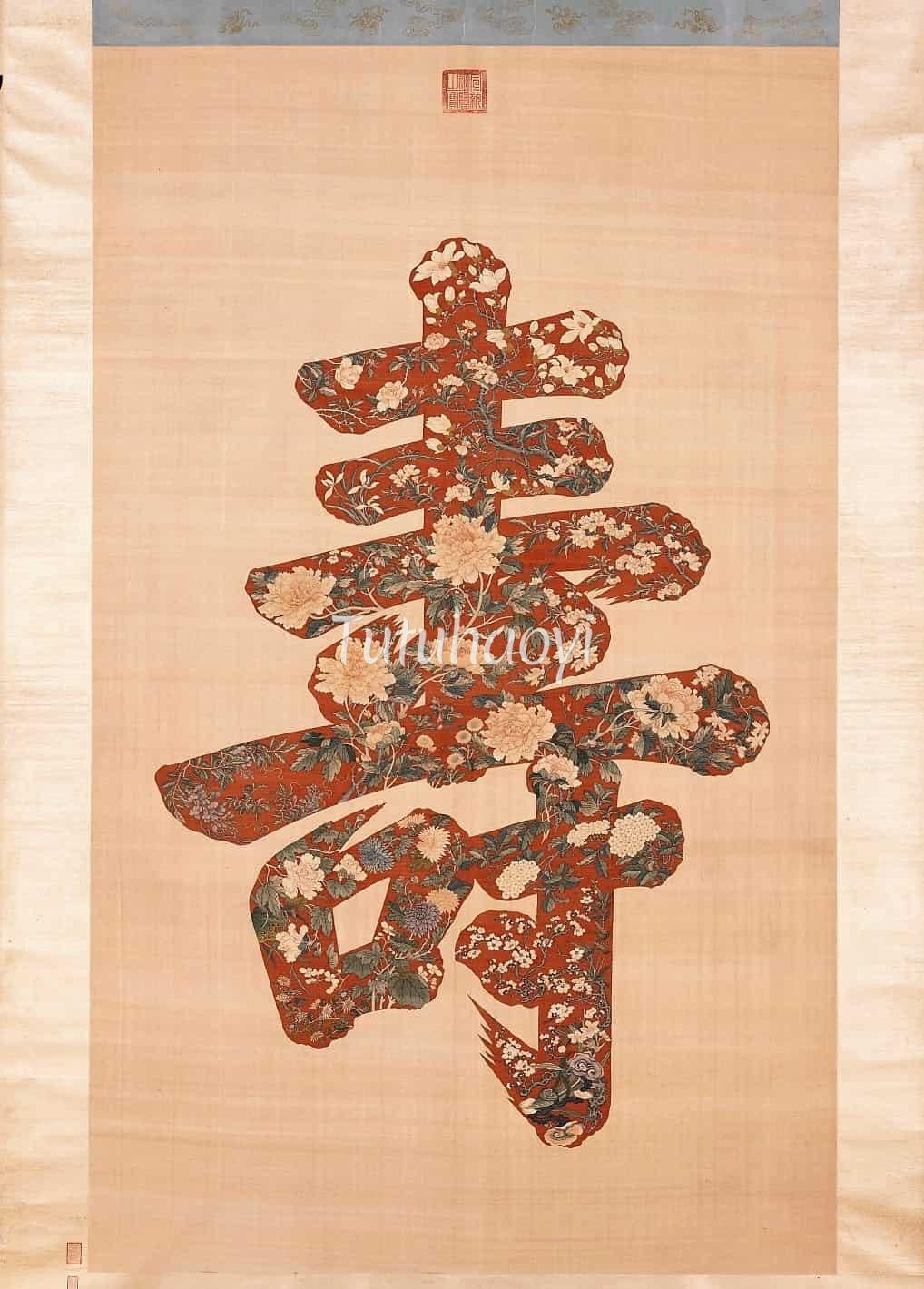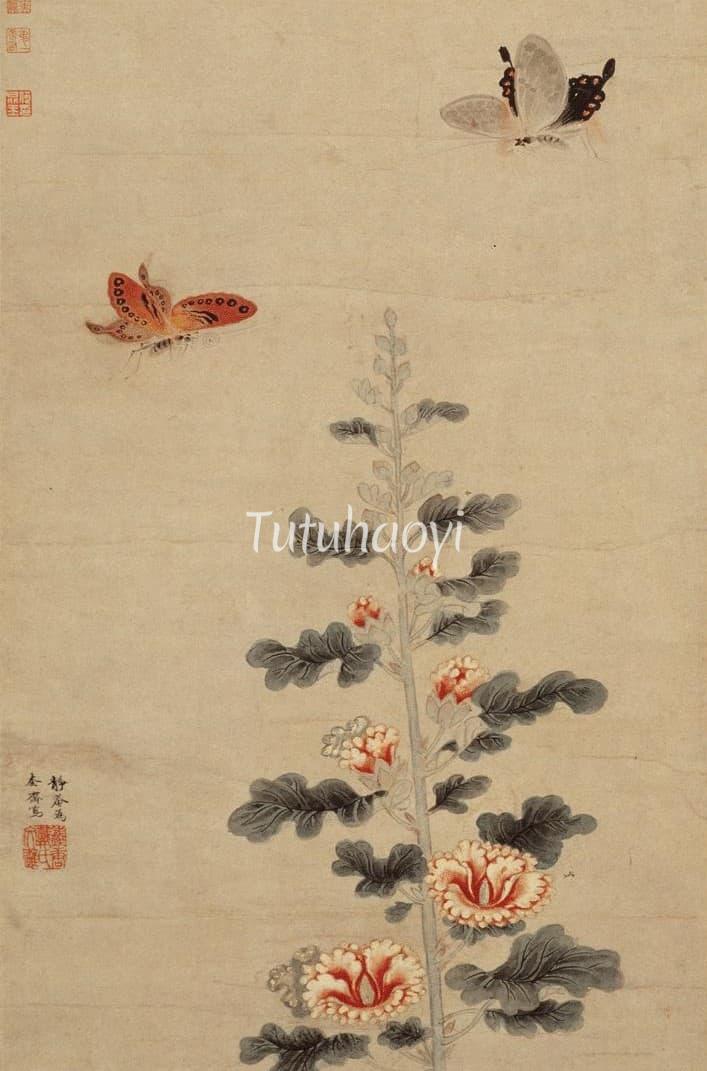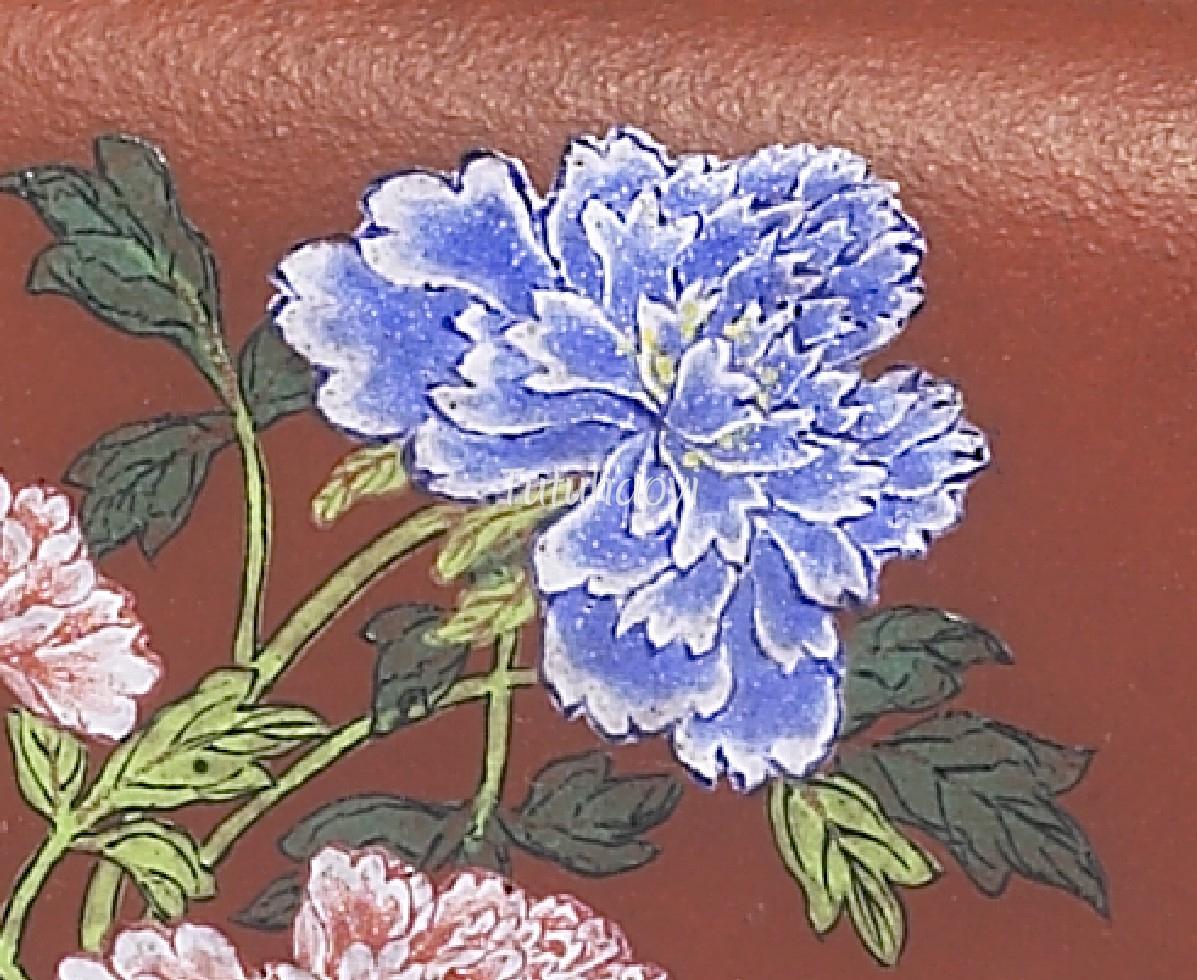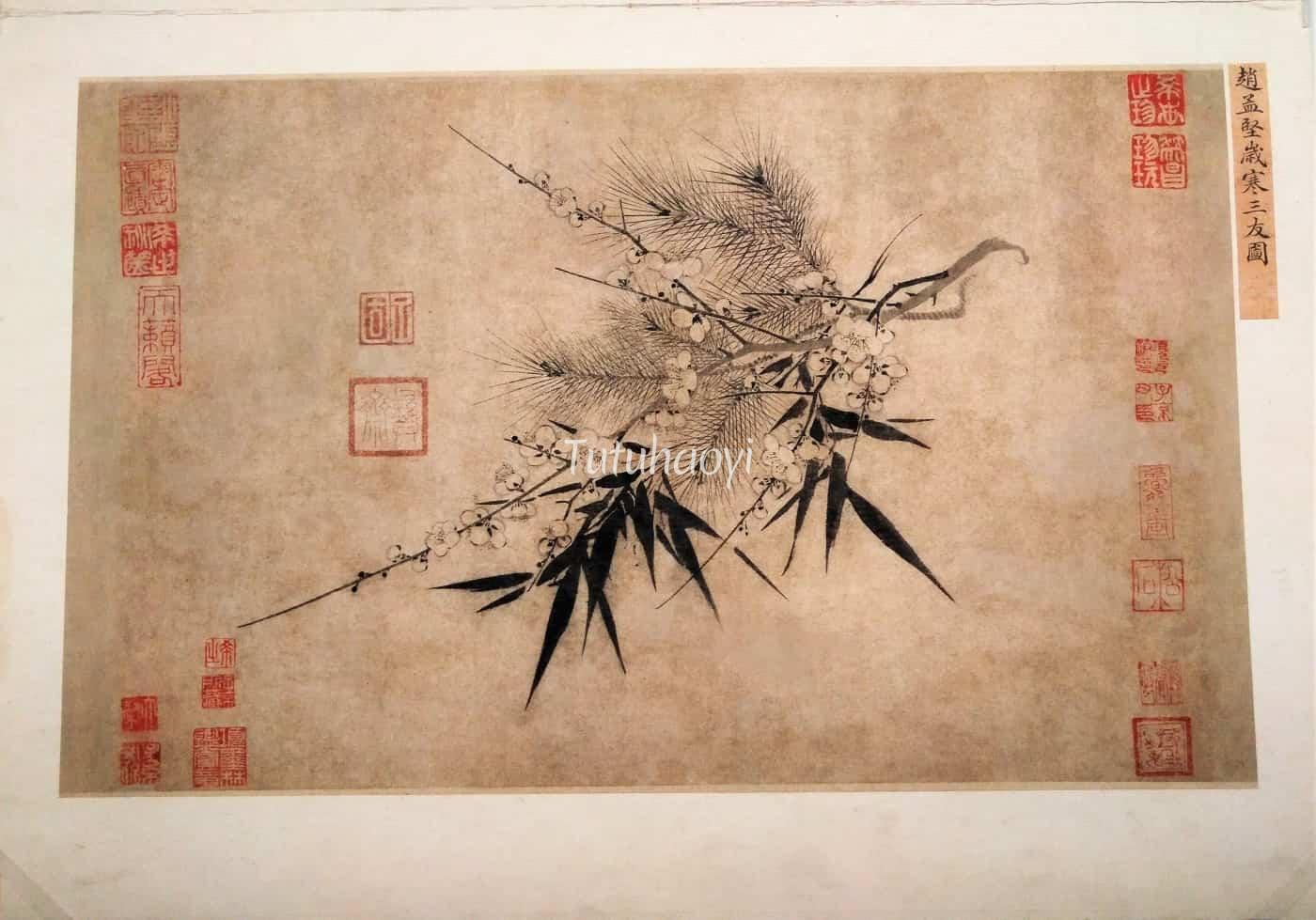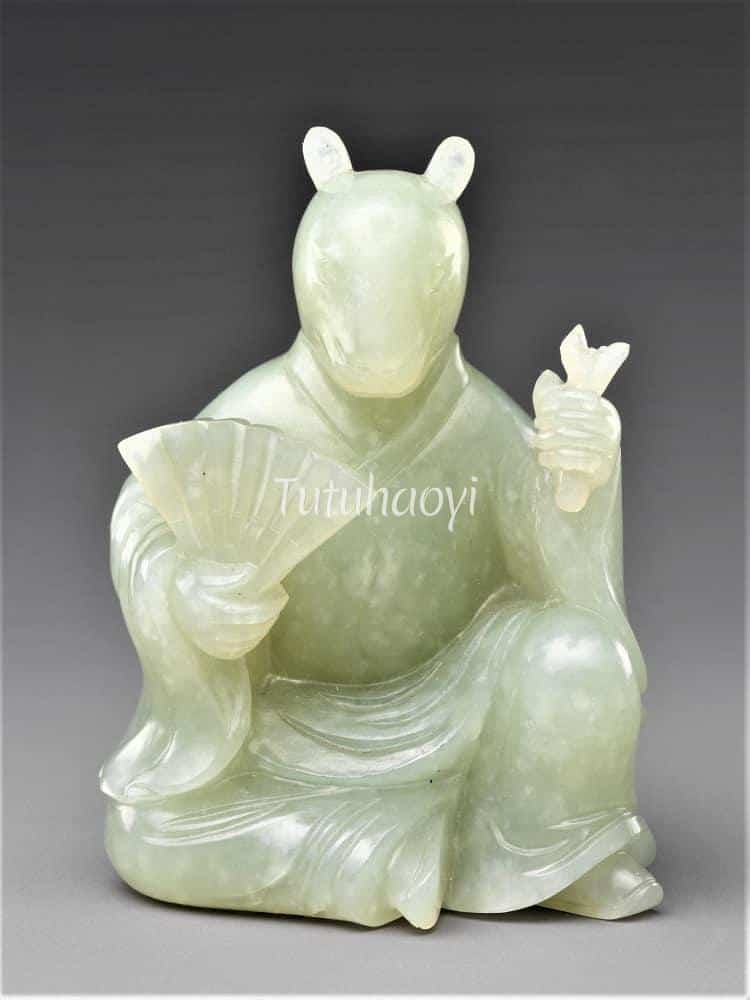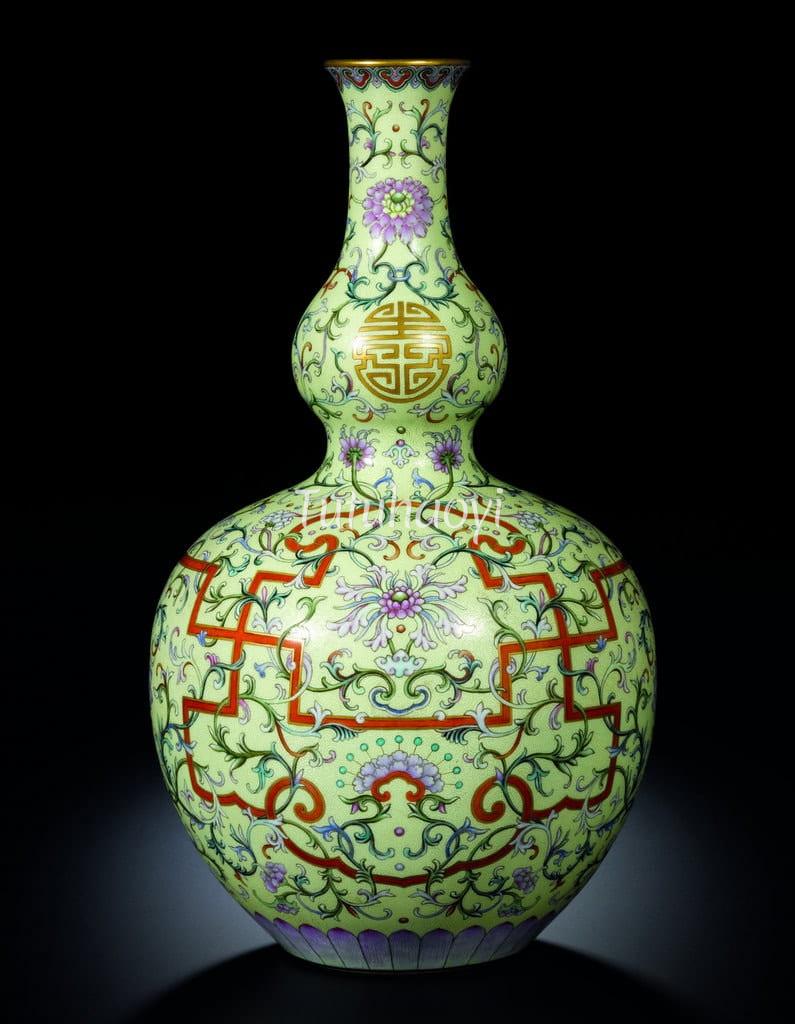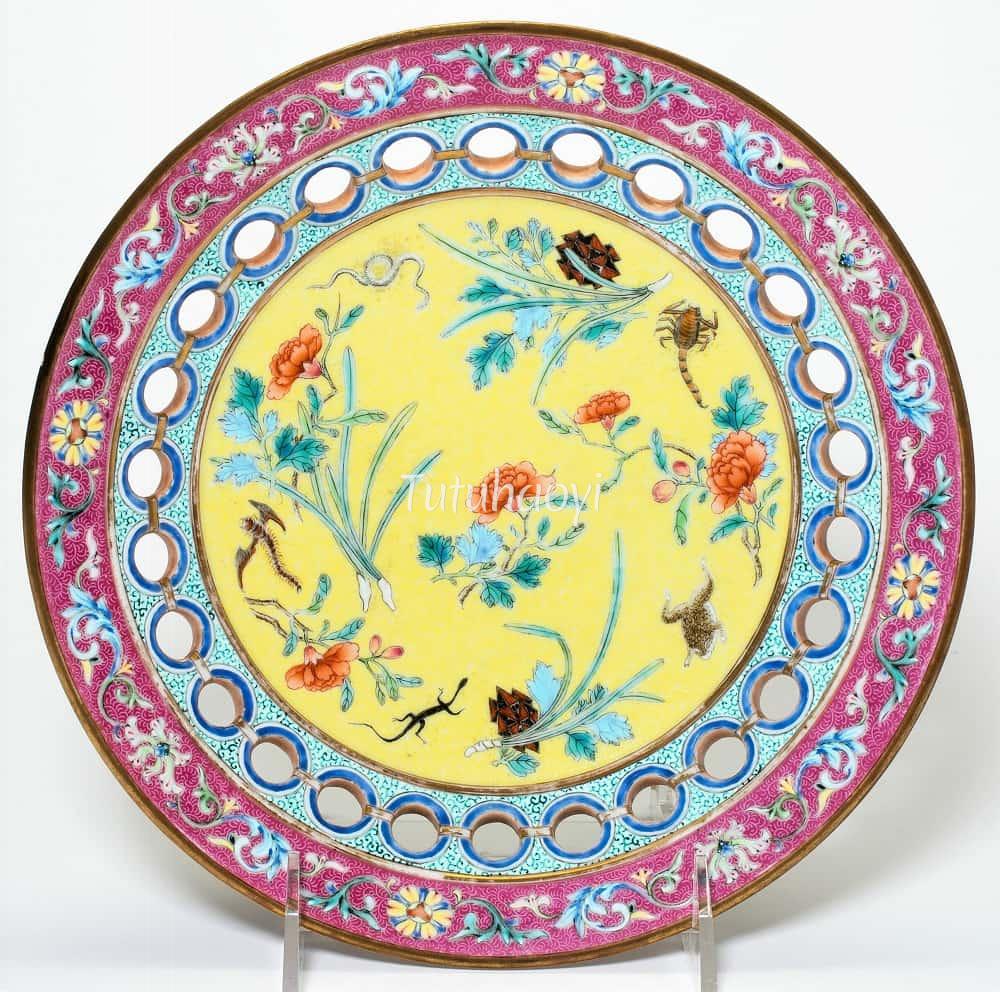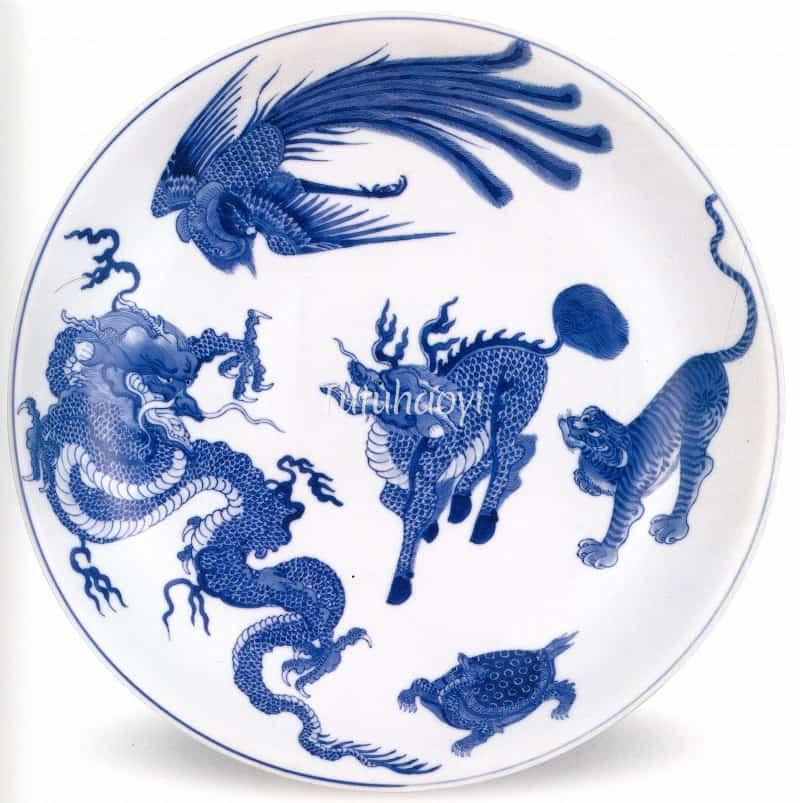- No products in the cart.
Chinese Pinyin: Pu Tao
Chinese: 葡萄
Name Of Image: Grape
Description:
Grapes grow in clusters of up to 300 berries each and thus produce an enormous number of seeds. This property was regarded by the ancient Chinese as an apt allusion to their wish for a large number of offspring. That …

